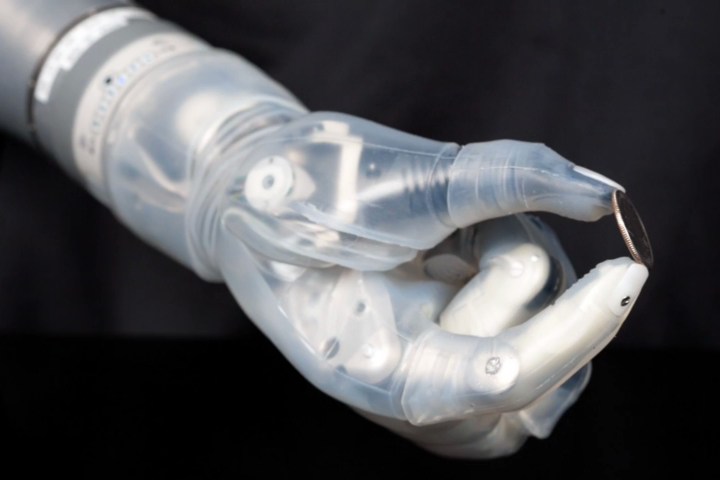
Walgamott was describing the results of an experimental surgery to The Washington Post, where a prosthetic known as the “Luke” arm had been attached with electrodes implanted into his nerves. The real estate agent had lost his hand and most of his arm in an electrical accident 14 years ago, and he volunteered for the program at the University of Utah.
The fingers and hand of the neuroprosthetic device can be controlled by his own nerve impulses. Researchers even worked to restore the sense of touch, allowing him to pick up and manipulate objects.
Researchers dubbed it the “Luke” arm, after the legendary Jedi of Star Wars fame. It was developed by Dean Kamen, inventor of the Segway, with additional funding from the Defense Advanced Research Projects Agency (DARPA).
Scientist discovered that adding touch to robotic hands improves motor skills and reduces the feeling of “phantom pain,” an unpleasant experience many amputees grapple with. “By adding sensory feedback, it becomes a closed-loop system that mimics biology,” said Jacob George or the University of Utah.
A device known as the Utah Slanted Electrode Array was implanted directly into the nerves in Walgamott’s upper arm. In conjunction with the with electrodes implanted in his muscles, the USEA let him easily control his robotic hand just as if he was making a fist or picking up an object. It took several years to incorporate sensations into the “Luke” arm, by mapping out spots on the hand that correspond with which various nerve fibers in the arm.
Walgamott is delighted with the new arm and the things he can do with it, such as picking up a grape without crushing it or holding his wife’s hand. But his greatest joy is being able to do one of those mundane things that we all take for granted — putting a pillow in a pillowcase.
“When you have just one hand, you learn to adapt,” he said. “To just take a pillow in one hand and put the pillowcase on with the other. I know it sounds simple, but it’s amazing.”


